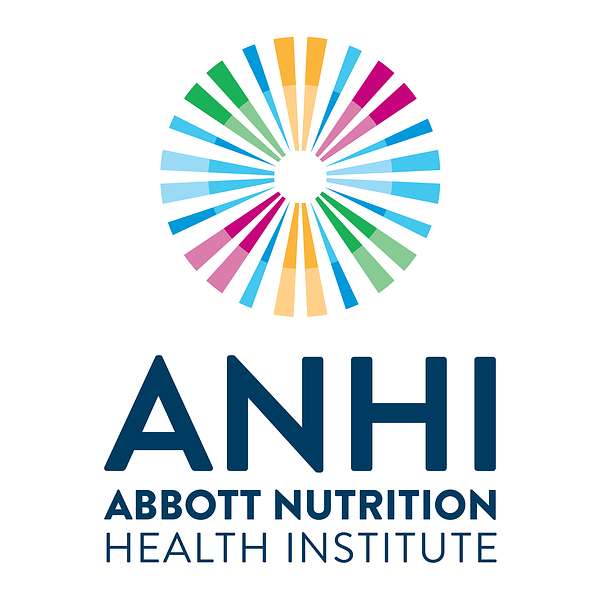
The Power of Nutrition Podcast
At Abbott Nutrition Health Institute (ANHI), we’re committed to improving lives through the power of nutrition, and we created this podcast series with that mission in mind. Join us as we speak with nutrition science experts around the world on the role nutrition can play in COVID-19, cancer, malnutrition, breastfeeding, dehydration, aging, exercise and more.
The Power of Nutrition Podcast
Patient Safety & Nurse Fatigue
•
Abbott Nutrition Health Institute
•
Season 2
•
Episode 13
In this 27-minute podcast episode, Amany Farag, PhD, RN, and Mary Kaminski, NNP, DNP, discuss the reality and prevalence of fatigue among healthcare professionals; share strategies for fatigue management; and encourage small changes in practice to help ensure self-care while improving patient safety.
See the full transcript on anhi.org.
CLICK TO SEE THIS PODCAST EPISODE'S TRANSCRIPT ON ANHI.ORG